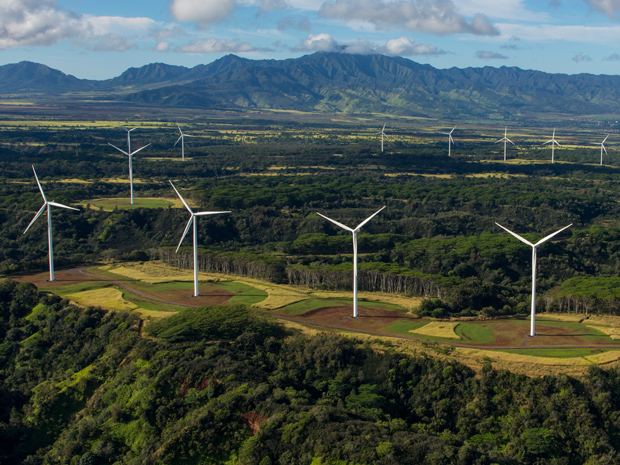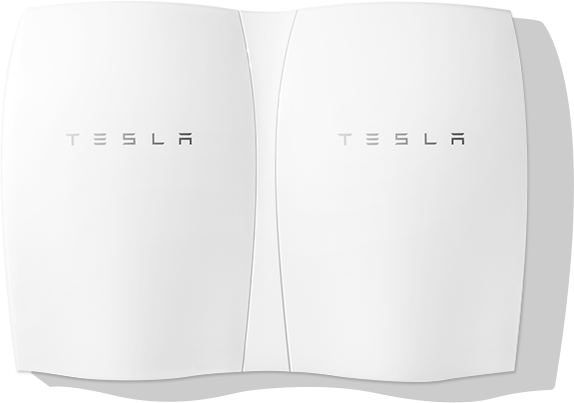Hawaii’s legislature has voted to set the first 100-percent renewable power goal for a U.S. state, but it’s got growing global company
Monthly Archives: May 2015
Update: NordLink – IEEE Spectrum
In December, IEEE Spectrum published an article on the now-underway NordLink project, which will result in a new high-voltage direct-current (HVDC) link between Norway and Germany. A new Spectrum article reveals that the project is on schedule to be completed in 2019, and will travel a total of 623 km, making it the longest HVDC line in Europe. And with a 1400 MW capacity, it will also be the most powerful HVDC line in Europe.
The new Spectrum article highlights the three primary incentives for the project, from and electrical point of view:
Firstly, the HVDC converters have the ability to connect two non-synchronized grids, thereby linking the frequency of the two separated electrical zones represented by the Nordic and continental grids. Secondly, the HVDC connection makes it possible to transmit electricity over long distances with minimum losses. In fact, it is not even possible to transport alternating current (AC) over long distances subsea due to capacitive losses. Finally, the VSC-HVDC converter stations have full STATCOM (Static Synchronous Compensator) functionality to support the AC network at the Norwegian and German point of common coupling.
You can visit the official ABB site on Nordlink here.
Powerwall: Tesla’s Home Energy Storage Solution
Tesla’s Powerwall announced
Last month, Tesla Motors unveiled their new Powerwall battery packs for home and commercial use, and in less than a month, they’ve already sold out through mid-2016. With such staggering sales numbers in less than a month, Tesla’s Powerwall units have already made significant headlines in financial news, but the impact on how we operate the electric grid will certainly make headlines after units begin shipping this summer.
There are two basic purposes for the the Powerwall batteries. The residential user can use a 7 kWh daily-cycle battery, coupled with solar panels on their roof, to store excess solar energy during the day, and to purchase and store cheaper electricity from the utility company at night. Commercial users are typically more interested in
(possibly an array of) 10 kWh units for back-up/reliability applications. In this capacity, the batteries can provide uninterrupted power to the customer when the local utility experiences an outage. Smaller operations may use a Powerwall array as a cleaner, smaller alternative to on-site diesel generators.
How will distributed storage impact the grid?
The immense capacity of Tesla’s Gigafactory suggests that they have no intentions of slowing down production or shipments for quite some time. Utilities and grid operators must now ask themselves how batteries from Tesla and other competitors will impact distribution systems. Peak-shaving has long been a goal of operators, but control over storage units is now shifting to the customers, downstream of metering devices, where it will essentially be invisible to the distribution operator. Furthermore, if many customers install batteries that follow the similar rate-based charge/discharge schedules, the utility will see a large shift in when real power is demanded from the substation. This could cause power factor issues during the day, (when potentially less real power then normal is demanded), or thermal rating violations at night (when pre-set control settings are no longer reasonable for an unusually large demand). These questions are further complicated by the stochastic elements related to distributed generation devices (i.e. solar and wind), which, when viewed in tandem with the widespread storage, can result in a substation demand profile being completely different between one day and the next.



